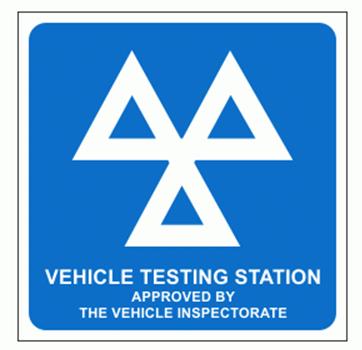
Inspection processes and rules for car, private bus and light commercial vehicle (class 3, 4, 5 and 7 vehicle) MOT tests.
Change made:
Nuisance – 8.2.1.1 – Exhaust emission control equipment Update paragraph from “This inspection is only for vehicles that must have a full catalyst emissions test (disregarding the basic emissions test). You only need to check components that are visible and identifiable, such as catalytic converters, oxygen sensors, and exhaust gas recirculation valves. ”To“ You only need to check components that are visible and identifiable, such as catalytic converters, oxygen sensors, and exhaust gas recirculation valves. You should reject all vehicles first used on or after 1 September 2002, where original emissions control equipment components are missing, obviously modified or obviously defective. Vehicles used prior to 1 September 2002 should only be rejected, where a full catalyst test could apply. Use the flowcharts 1, 2 and 3 to decide which emission test is applicable for the vehicle being tested.”8.2.2.2 – Opacity Update from “The vehicle has passed the opacity test if any of the following happens: the first acceleration showed that the smoke level was at or less than the limit for the vehicle the mean smoke level from the first 3 readings was at or less than the limit for the vehicle the mean smoke level from any consecutive 3 readings was at or less than the limit for the vehicle ”to” The vehicle has passed the opacity test if any of the following happens: the first acceleration showed that the smoke level was at 60% or less than the limit for the vehicle the mean smoke level from the first 3 readings was at or less than the limit for the vehicle the mean smoke level from any consecutive 3 readings was at or less than the limit for the vehicle”